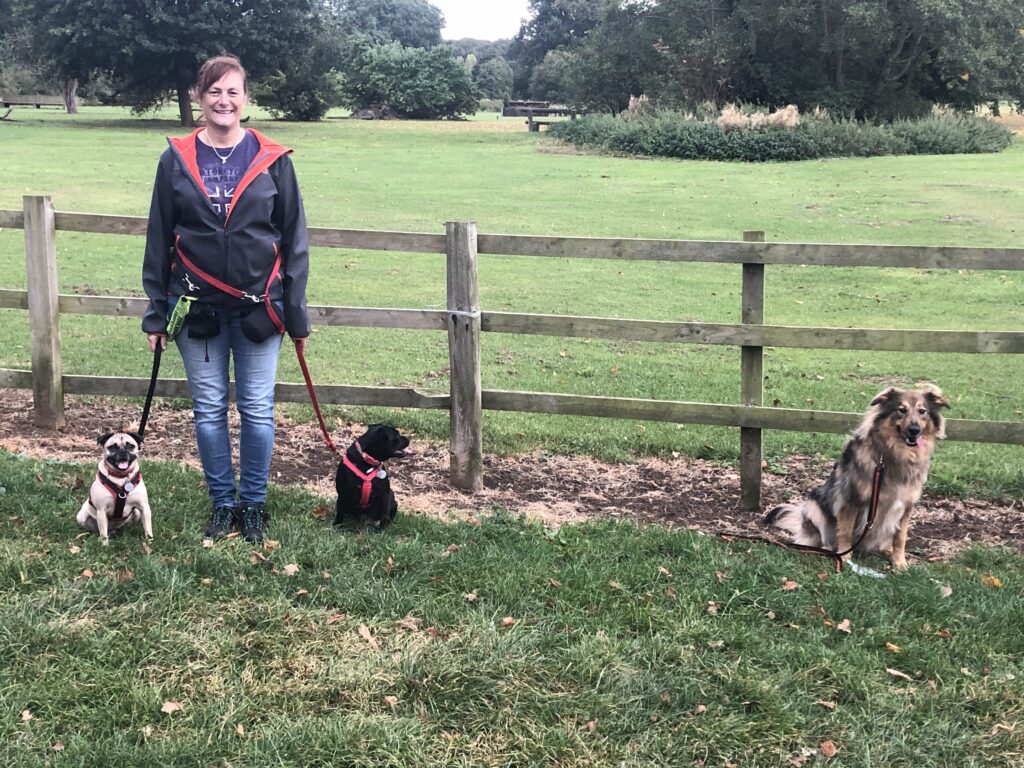
Bringing a rescue dog into your home is an incredibly rewarding experience, but if your new companion has had a rough start in life, socialisation can feel like a big challenge. Whether they’ve been neglected, had little exposure to the world, or experienced trauma, helping them gain confidence is key to their happiness. Here’s a step-by-step guide to getting your rescue dog feeling safe, comfortable, and secure in their new life.
Step 1: Build Trust First
Before even thinking about introducing your dog to new experiences, focus on making them feel safe and secure in their new home. Trust is the foundation of everything.
- Stick to a consistent routine for feeding, walking, and training.
- Let your dog explore and approach things at their own pace.
- Use calm, predictable body language and avoid sudden movements.
- Reward calm behaviour with treats and praise to reinforce positive experiences.
Step 2: Start in a Low-Stress Environment
Many rescue dogs feel overwhelmed in busy places or when meeting too many new people or dogs too quickly.
- Begin socialisation at home where they feel safe.
- Introduce one new experience at a time (e.g., a new toy, a different room, or a household sound like the doorbell).
- Pay close attention to body language—signs of stress include excessive yawning, lip licking, panting, or avoiding eye contact.
Step 3: Gradual Exposure to New Experiences
Once your dog is comfortable at home, you can start gently introducing them to the outside world.
- Start with quiet walks and gradually build up to busier areas.
- Introduce new sounds from a distance (traffic, children playing, doorbells, etc.).
- Let them observe dogs from afar before attempting a meet-and-greet.
Step 4: Thoughtful Dog Introductions
From my experience, letting your rescue dog meet random dogs on walks is rarely a good idea. You can’t control the other dog’s behaviour, and if the interaction goes wrong, it could set your dog’s progress back. Instead, avoid on-lead greetings with unknown dogs.
If you do need to introduce another dog, such as a family member’s dog, do it in a controlled way:
- Pick a calm, well-socialised dog for the first introduction.
- Keep both dogs on a loose lead and let them approach at their own pace.
- Try parallel walking (walking side by side) before allowing them to meet face-to-face.
- Keep an eye on their body language and be ready to move away if needed.
Step 5: Positive Interactions with People
Not all rescue dogs are comfortable around people straight away. Help them feel safe by making human interactions positive and predictable.
- Start with familiar people before introducing strangers.
- Ask visitors to ignore your dog at first and let your dog make the first move.
- Reward calm, confident behaviour with treats.
- If your dog is nervous, avoid forcing interactions—let them come around in their own time.
Step 6: Build Confidence Through Training
Training isn’t just about obedience—it’s one of the best ways to build confidence and strengthen your bond with your dog.
- Teach basic commands like sit, stay, and recall to create structure.
- Use scent games and puzzle toys for mental stimulation.
- Engage in structured play to make interactions fun and rewarding.
Step 7: Be Patient and Celebrate Small Wins
Every rescue dog is different, and progress takes time. The key is to set small, achievable goals and celebrate every little win.
- Managed a walk without signs of fear? That’s a win.
- Approached a new person calmly? Reward and praise!
- Showed interest in a new toy or game? That’s progress!
Step 8: Get Expert Help When Needed
If your rescue dog is really struggling with fear or reactivity, professional guidance can make a world of difference.
At Fresh Start Dog Training, we specialise in helping rescue dogs and reactive dogs grow in confidence. If you’d like personalised support, book a one-to-one session and let’s help your dog thrive.
➡️ Want to give your rescue dog the Fresh Start they deserve? Book a session with us today!
Leave a Reply